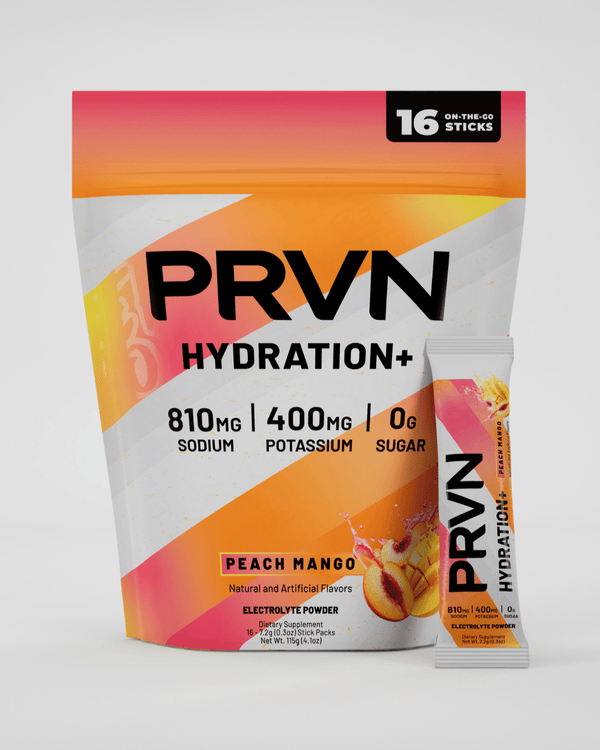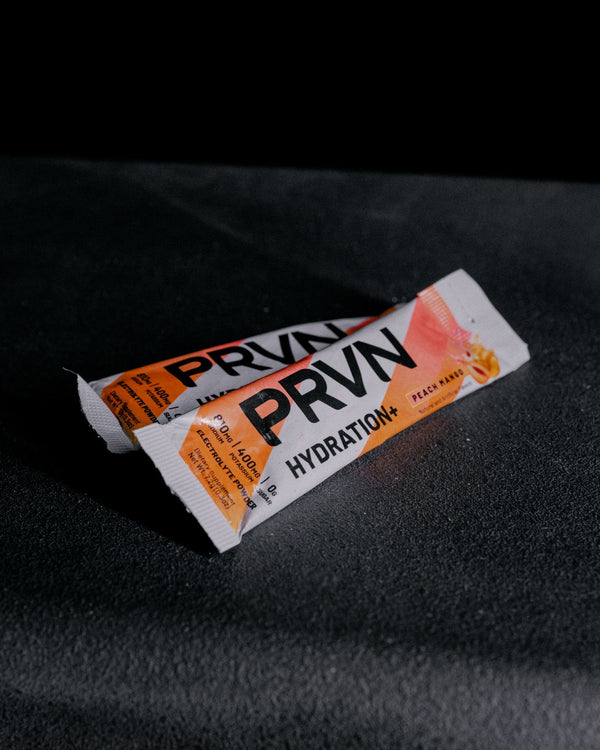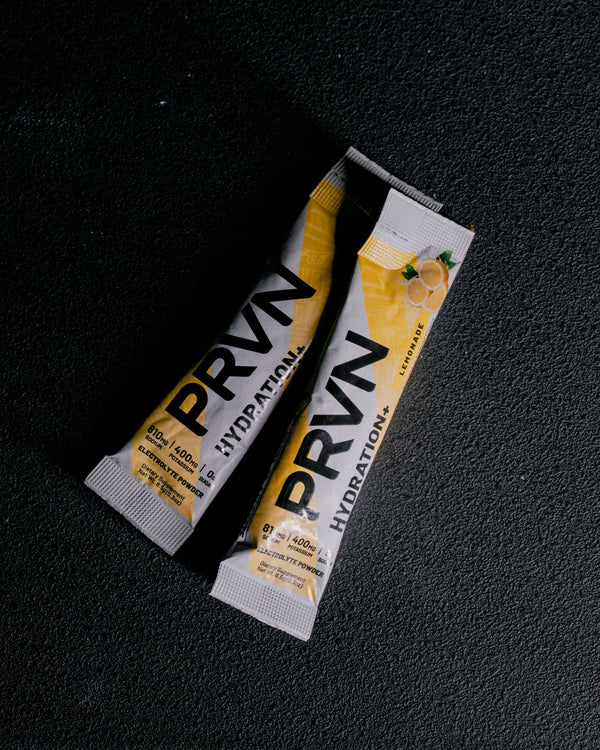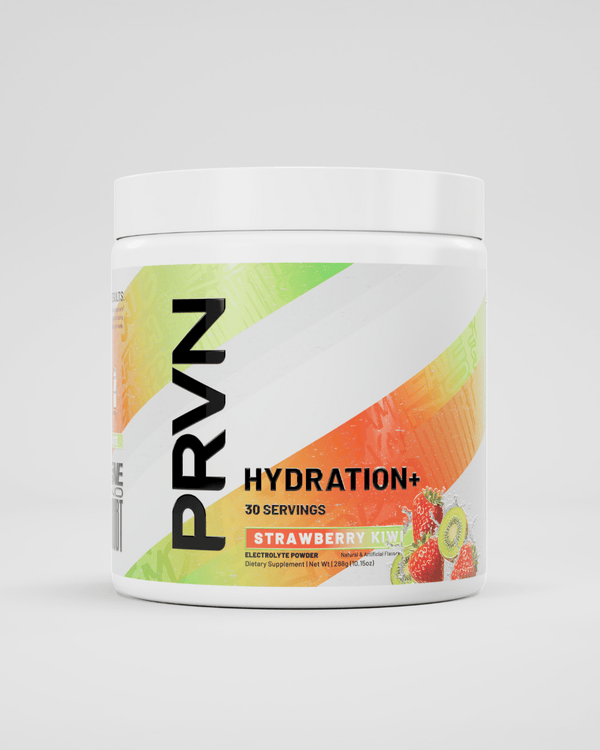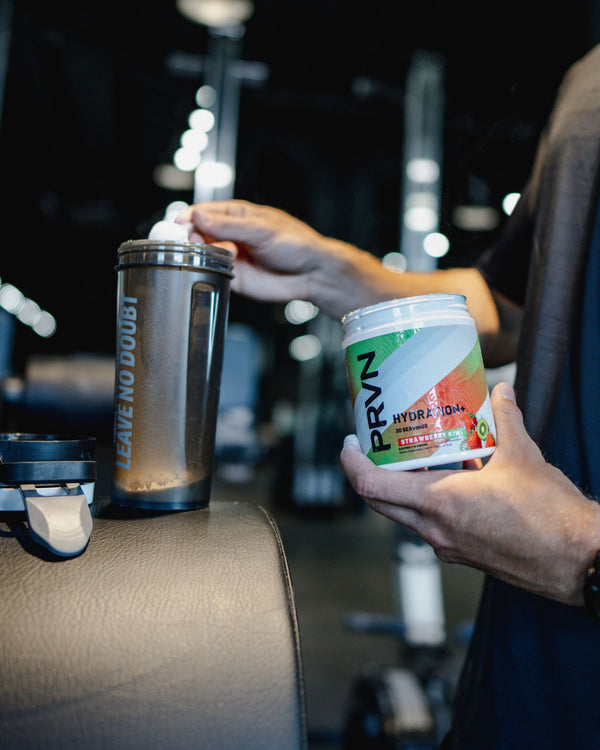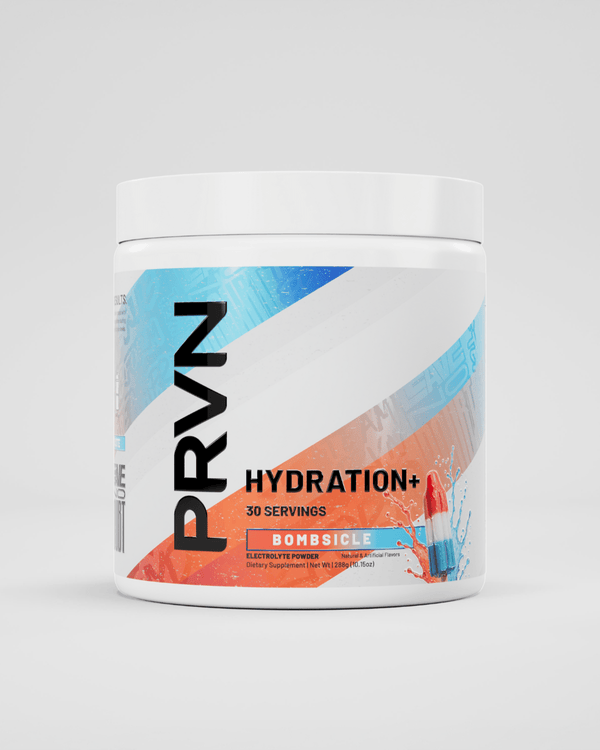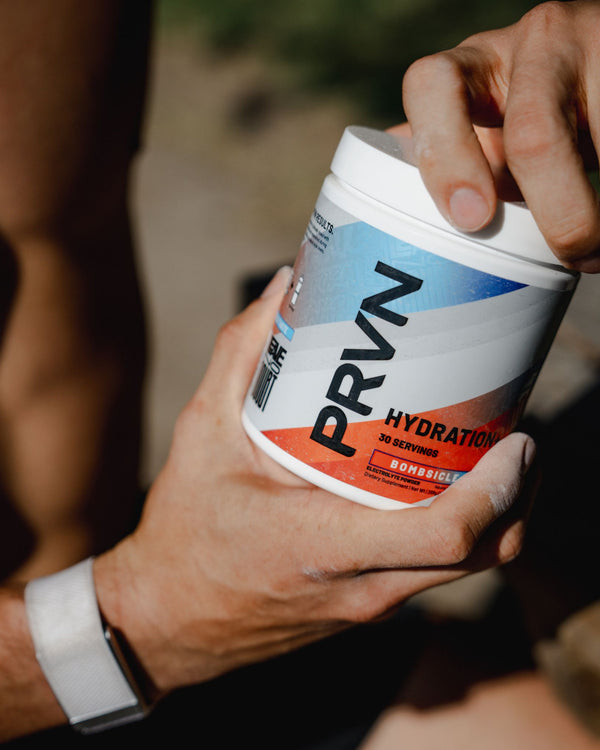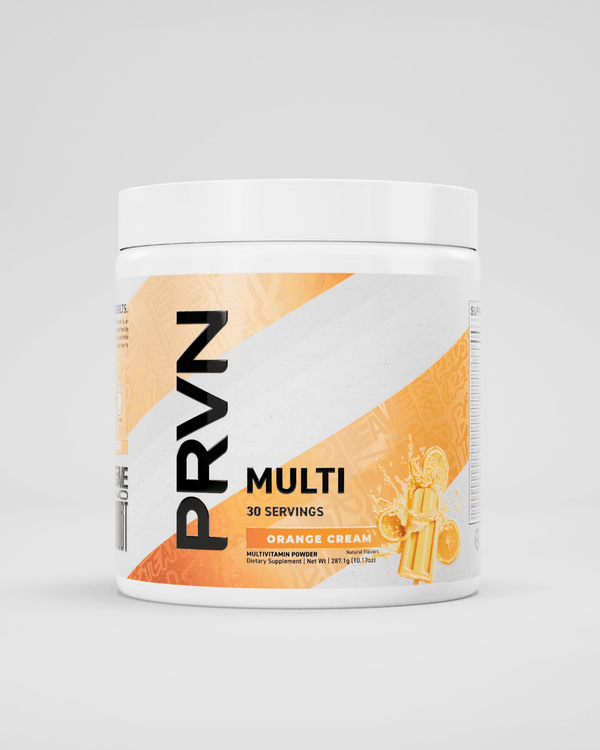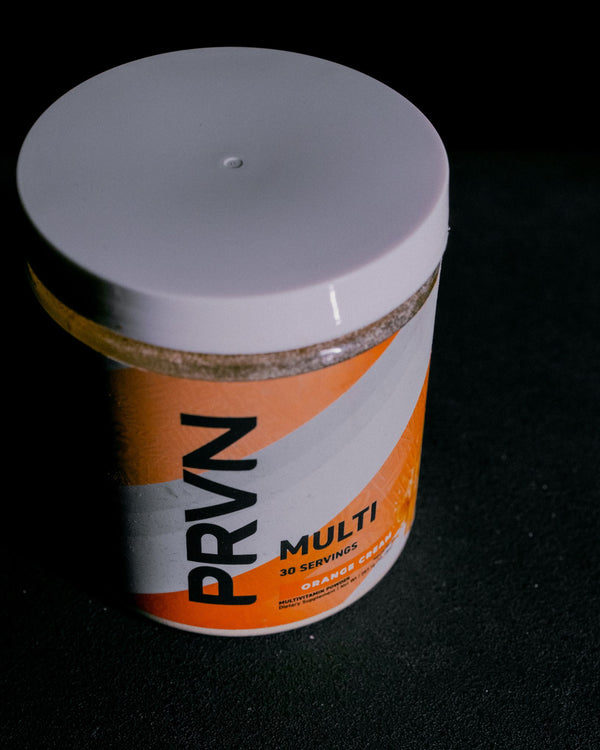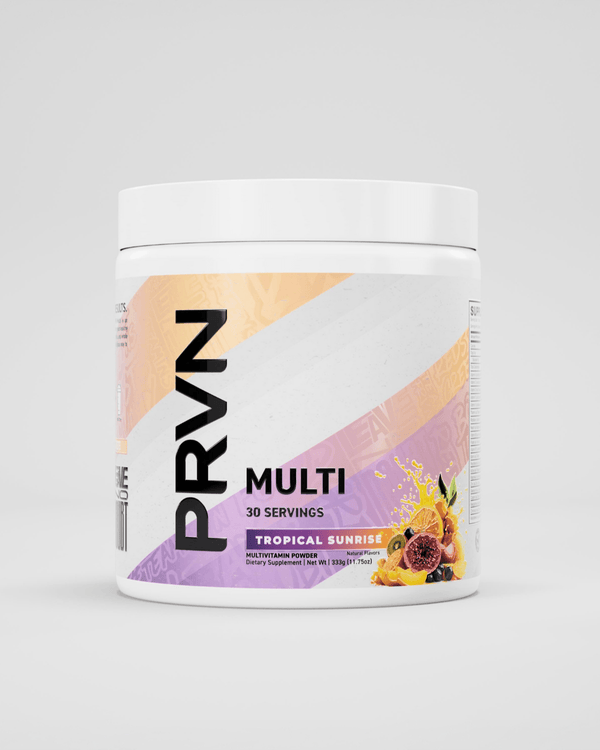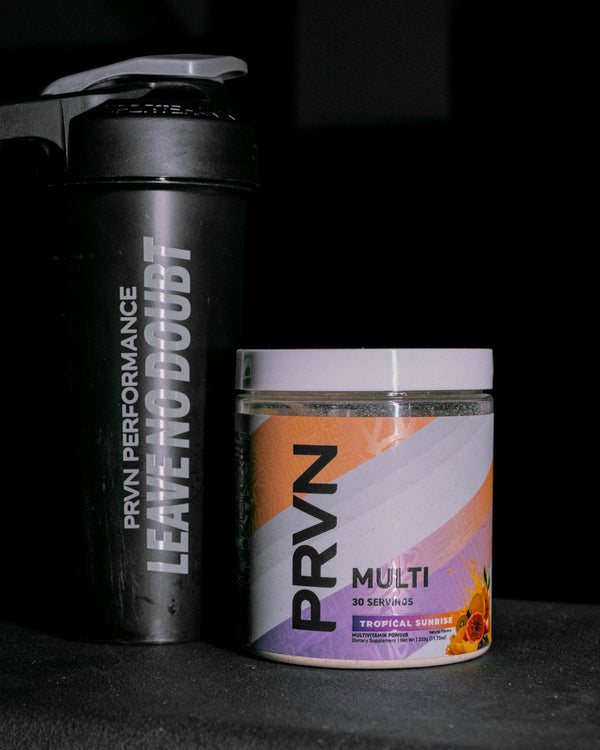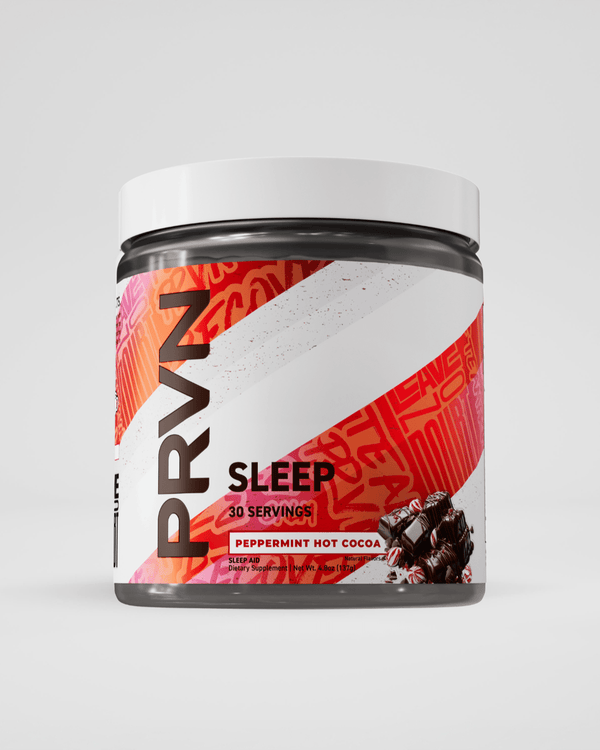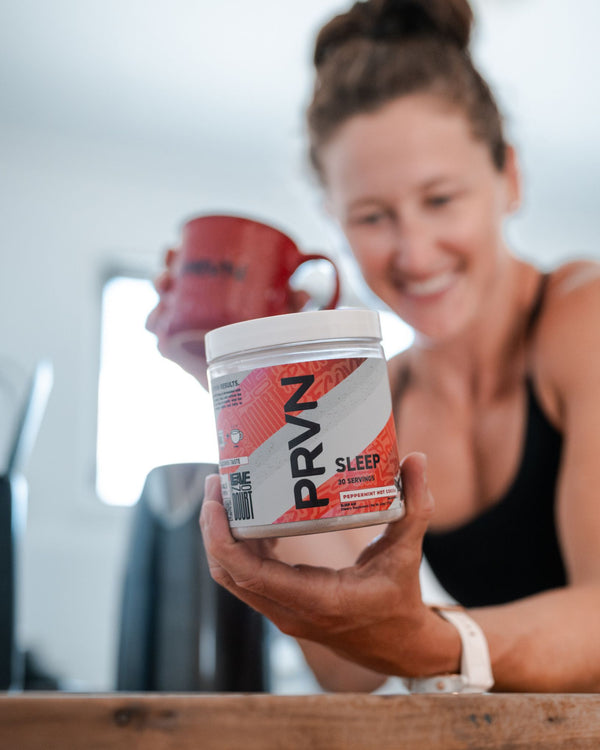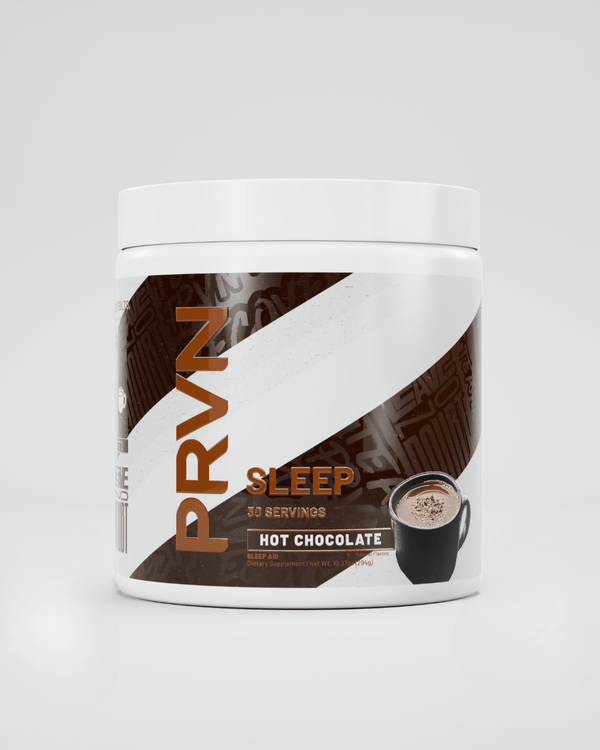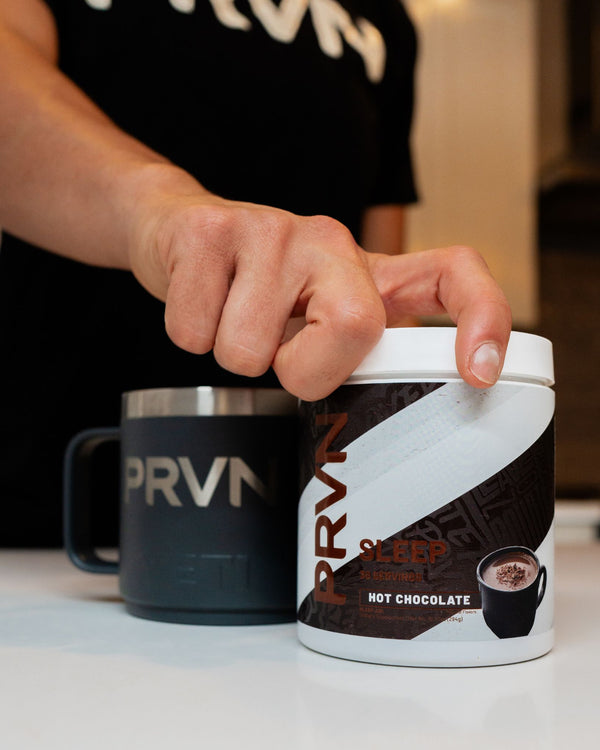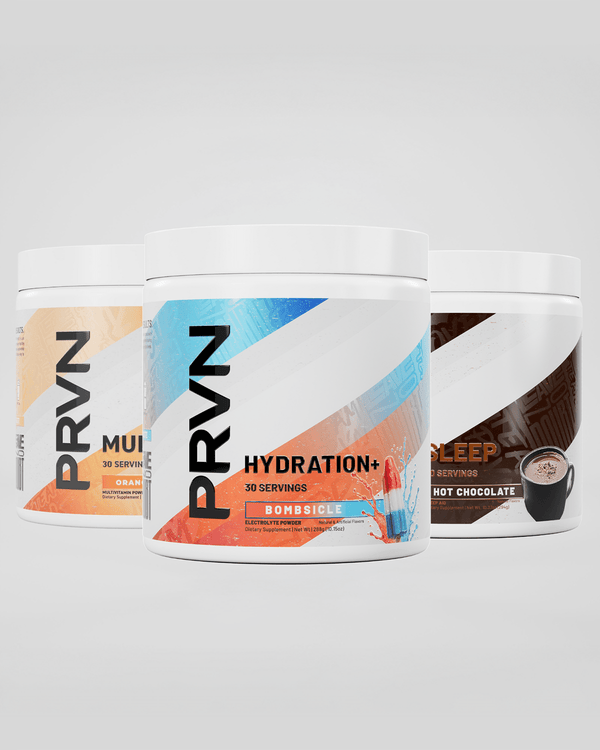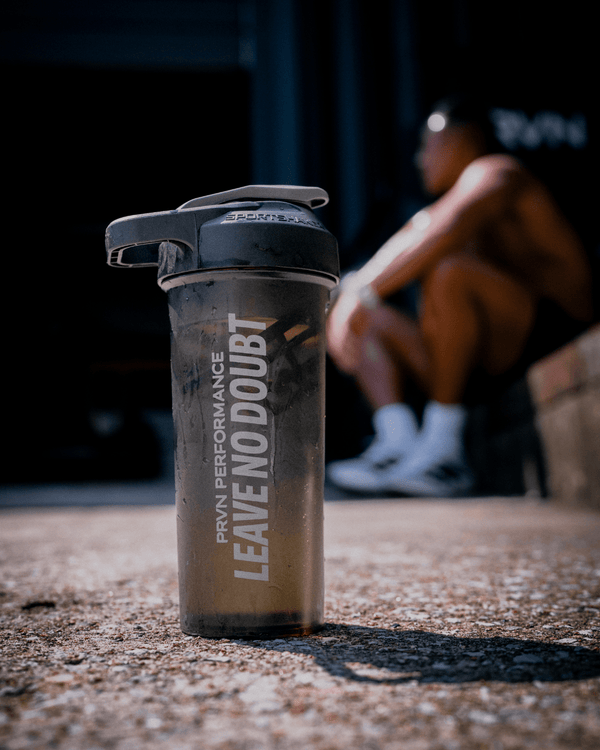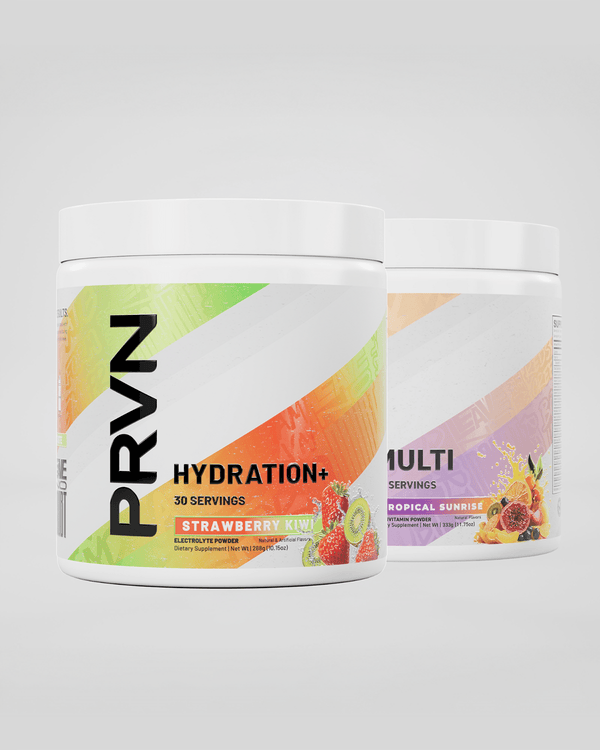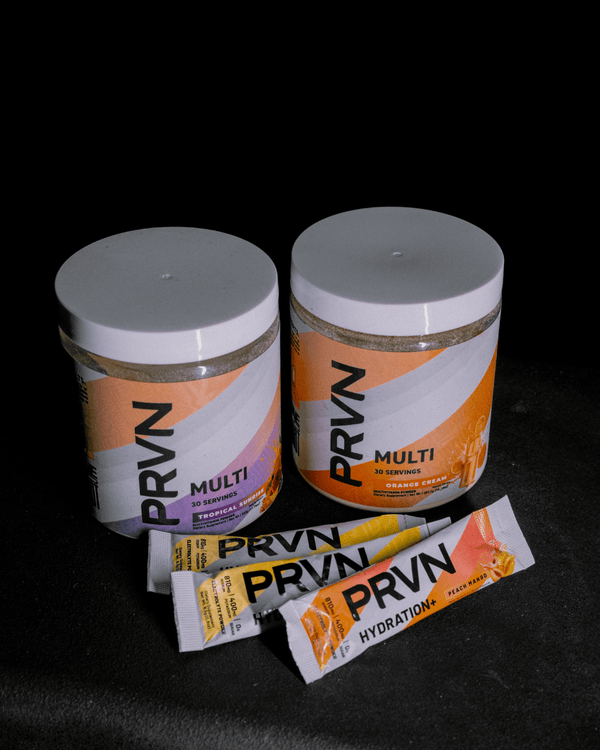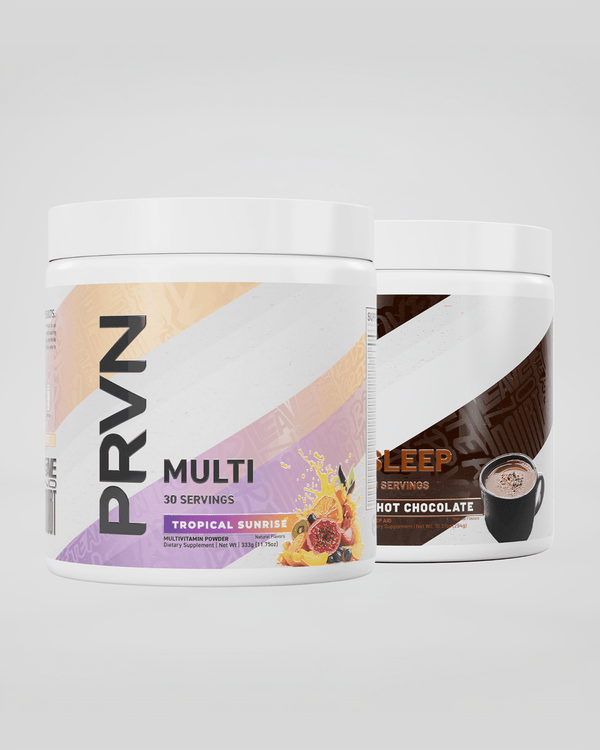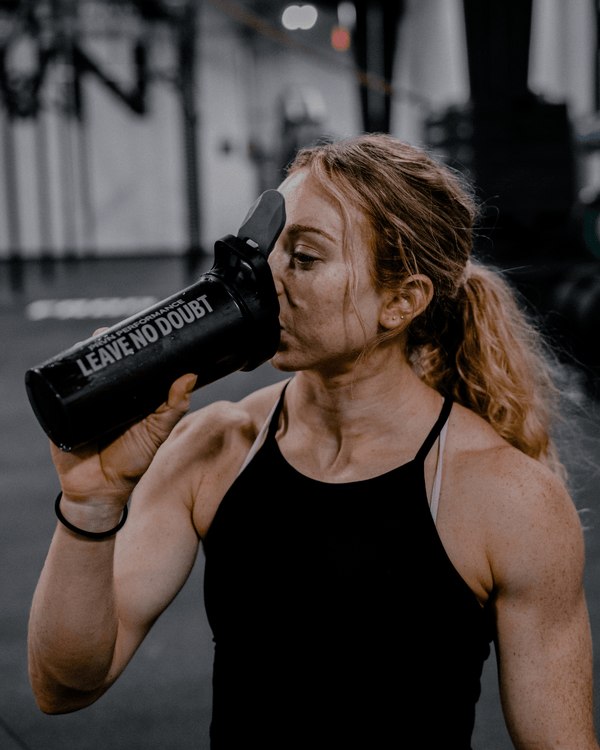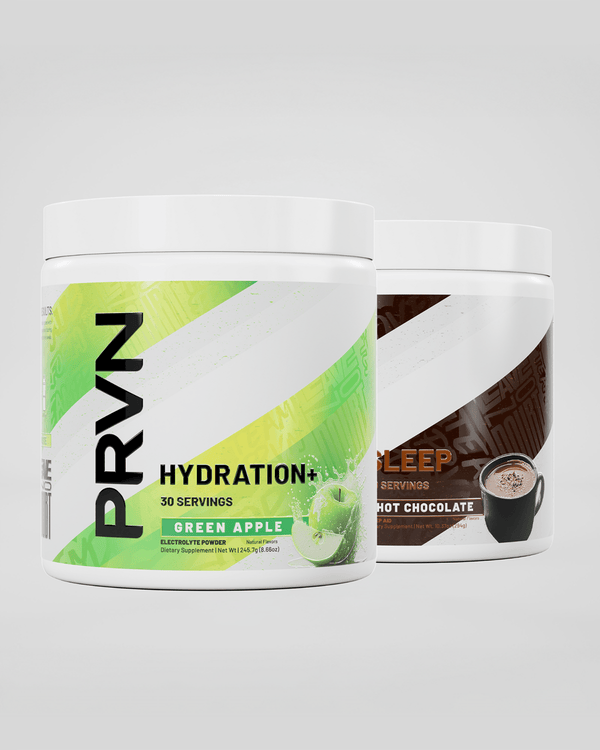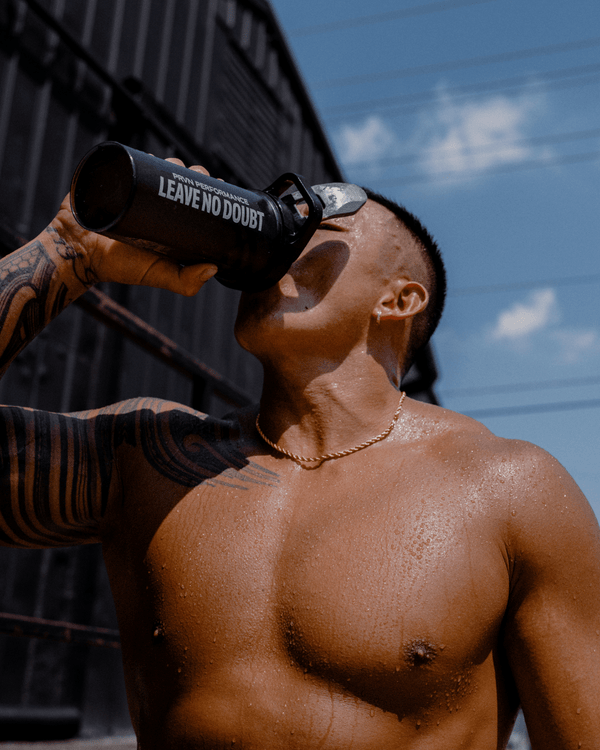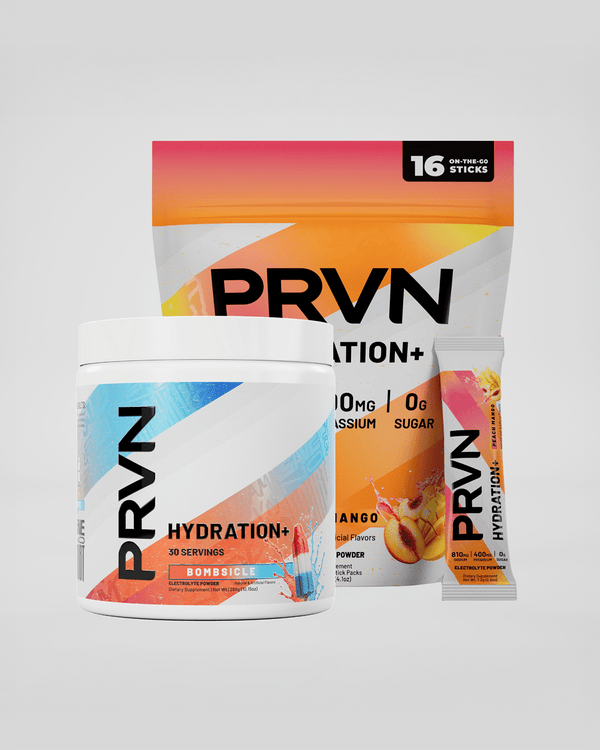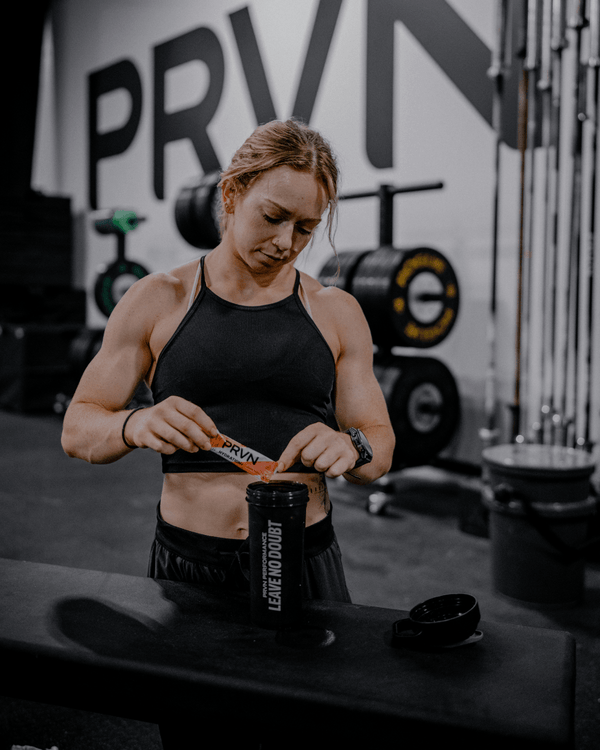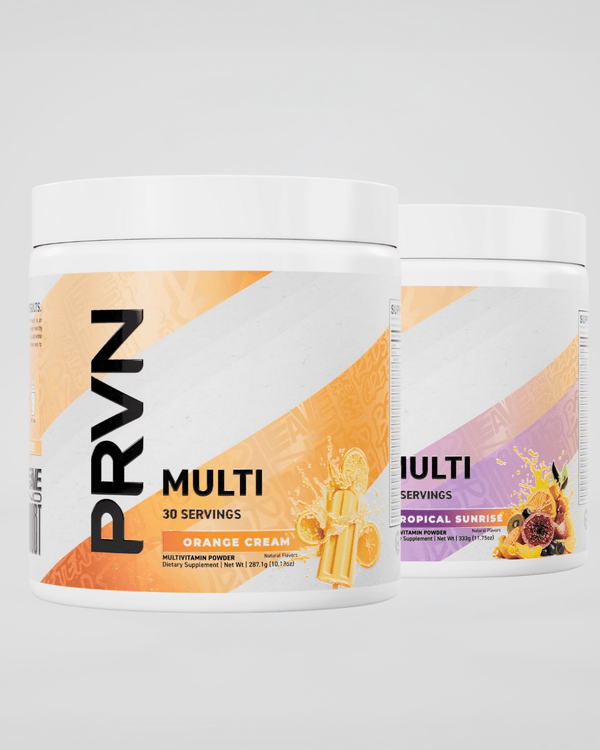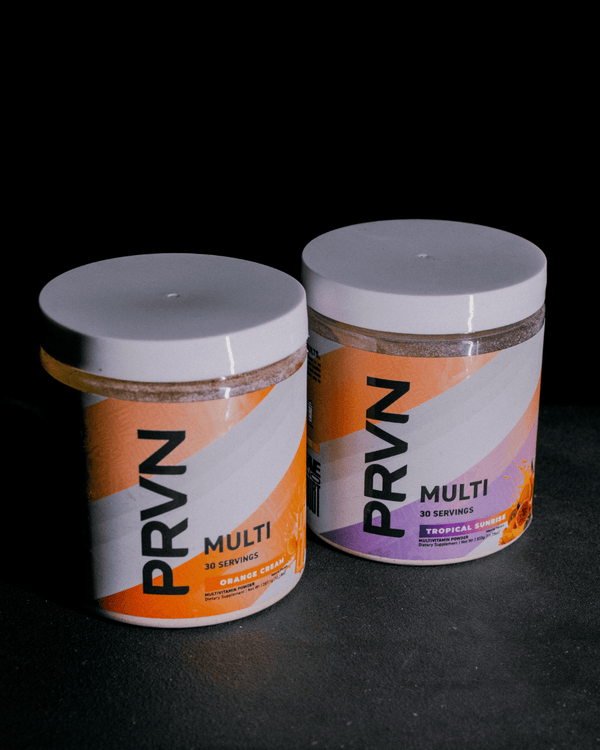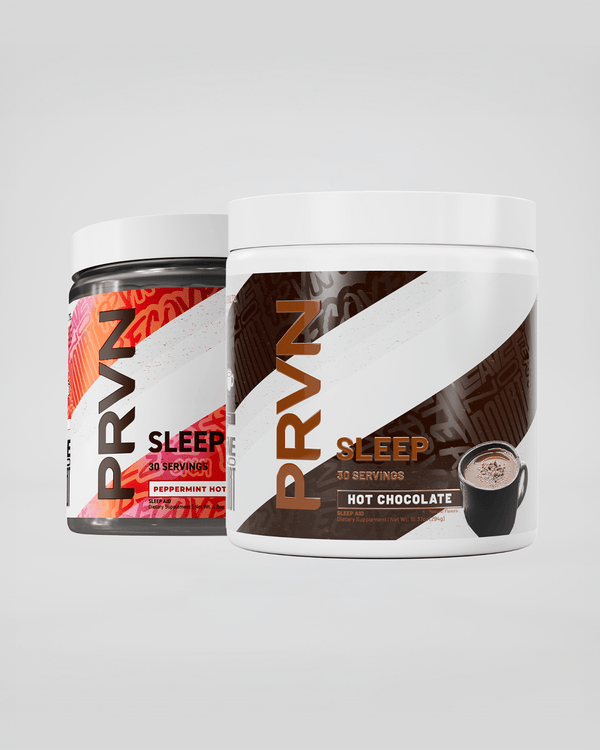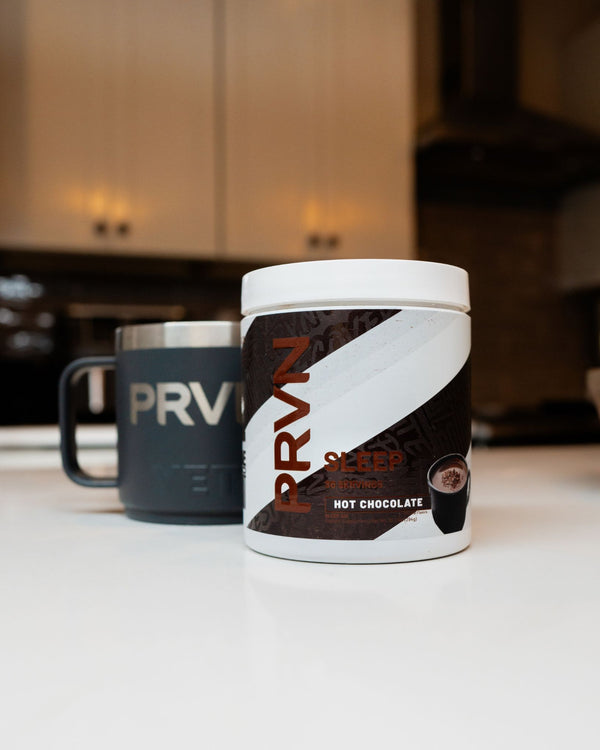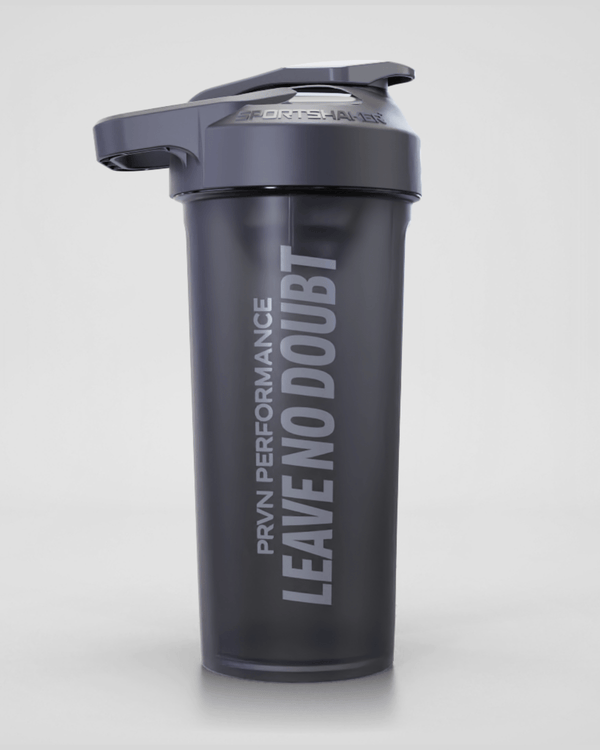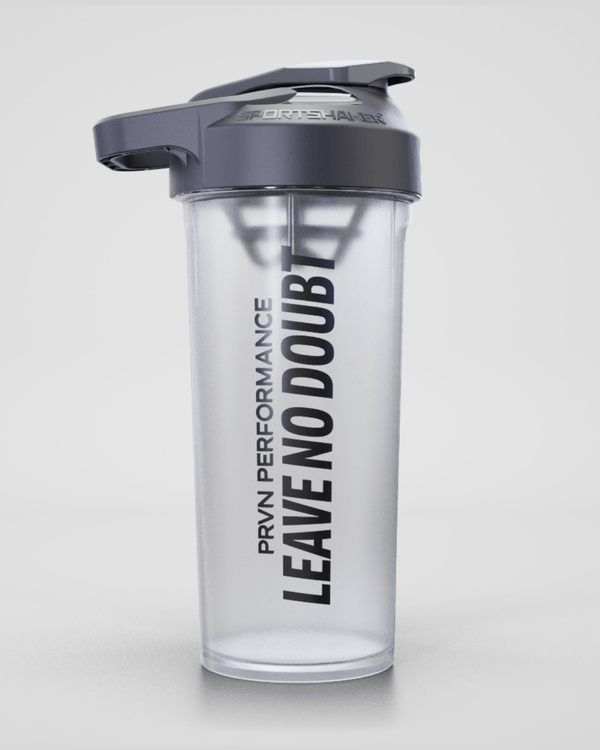In 2015 there was an athlete competing at the CrossFit Games. They were in their rookie season and looking to make their mark. Throughout this competition they had ups and downs, but one of those downs ended up having a remarkable impact on the trajectory and story of that athlete. Following one of the events, the athlete and their team decided to make a coaching change. Right there in the middle of the CrossFit Games. One coach was out, and a new coach was in. That new coach that was in had next to no experience being the main coach at that level. That coach and athlete duo has since gone on to podium at 8 consecutive CrossFit Games, winning 6 of them. And the coach now has been on the coach’s pass for 8 individual Games championships.
The athlete is Tia-Clair Toomey-Orr, and the coach is her husband, Shane Orr. Today, Shane is easily regarded as one of the top coaches in the world and is arguably the most successful coach our sport has seen. He comes from humble beginnings and has crafted his ideas on program design over the years.
Shane is about 6 feet tall, with dark hair that is always slightly different each day from the day before. His dry wit and sarcasm catches you off guard at first, but it’s always layered on top of a genuine care for the people around him. He also has a meticulous nature about him that keeps him busy all day. Whether it’s applying touch up paint around the gym, or giving a snatch cue from 50 ft. across the gym for an athlete, nothing gets past him. And it’s this genuine care for the people around him and his meticulous attention to detail that has helped him develop program design that has passed nearly every test thrown his way.
So what does it look like? What are some of the programming design principles that have helped build PRVN along with his wife, Tia? That’s precisely what we’re going to dive into here.
Linear Progression
A linear process or development is one in which something changes or progresses straight from one stage to another. Linear progressions with not only strength but skills and gymnastics too. Building capacity is the goal here. Establishing your base then building from that in a linear approach. All that sounds good, but how do you build a linear progression? First, you need to identify your start and your end point. If you can currently do 10 unbroken ring muscle-ups, and your goal is to do 15, that’s all we need to build out this progression.
Intensity
Speaking of a linear progression, this also applies to intensity. Where we increase intensity as we get closer to the pointer end of the season. Historically, intensity is a large component or separator in the field from intermediate to advanced athletes. If we start with high intensity at the start of our training year, it doesn’t give us anywhere to go. So an intelligent and appropriate build in intensity is necessary.
We can break down intensity into three different categories. High effort, urgency, and Speed.
High Effort
This involves pushing yourself to perform at or near your physical limits. It’s not just about going through the motions but giving everything you have in each movement and workout.
Urgency
There’s a sense of swiftness and focus when working at high intensity. Athletes move with purpose, fast transitions, minimizing rest periods and maintaining a strong pace throughout the workout.
Speed
Workouts are performed quickly, with movements executed as rapidly as proper form allows. Speed enhances the metabolic demand, making workouts more effective in improving conditioning.
Optimize Rest and Recovery
With intensity must follow adequate rest to rebuild and promote physiological growth. Here are three notable benefits from adequate rest and recovery.
Muscle Repair and Growth
High-intensity training causes micro-tears in muscle fibers. These micro-tears are necessary for muscle growth and strength improvements. During rest, the body repairs these micro-tears, leading to muscle hypertrophy (growth) and increased strength. Without adequate recovery, muscles do not repair properly, which can impede progress and increase the risk of injury.
Energy Restoration
High-intensity workouts deplete glycogen stores in muscles. Rest and proper nutrition allow these stores to be replenished, ensuring you have the energy for subsequent workouts. We see similar effects on ATP (Adenosine Triphosphate). ATP is the primary energy carrier in cells. High-intensity exercises rapidly deplete ATP levels, and rest periods are crucial for restoring these levels.
Central Nervous System (CNS) Recovery
Intense training not only stresses muscles but also the CNS, which is responsible for coordinating movement and muscle contractions. Adequate rest allows the CNS to recover, maintaining the efficiency of neural pathways and ensuring proper motor function and coordination in future training sessions.
What is laid out here is simply an introduction of some high level principles of program design that you can use in your own program. You can also elect to follow any one of our PRVN track to see these principles elegantly weaved together throughout a competitive season.
If you have a good understanding of the principles, the freedom to explore and create are limitless.

